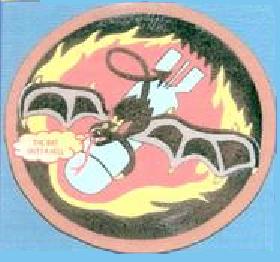

HQ CREW 02
TEXAS TORNADO!
B-17F/41-24469
CREW CHIEF

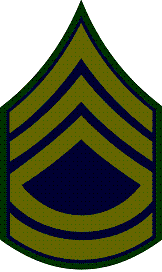
Scott Dunkirk







Colonel Shannon G. Lucky
MISSION SUMMARY
| MISSION # |
DATE |
TARGET
AREA AND TARGET |
BOMB
RUN |
ENEMY
AC CLAIMS D/P/K |
CREW
CASULTIES L/S/K |
NOTES |
| 37/1 | May 13, 1943 | Meaulte, AC Ind | 100 | New ship, replacement for Texas Tornado!. 1269th Squadron Lead. | ||
| 38/2 | May 14, 1943 | Kiel, U-Boats | 75 | 0/0/2 | 918th Lead. | |
| 39/3 | May 15, 1943 | Wilhelmshaven/Heligoland | 70 | 0/0/3 | 1269th Squadron Lead.  |
|
| 40/4 | May 17, 1943 | Lorient, U-Boats | 60 | 0/0/2 | 1/0/0 | 918th Lead. |
| 41/5 | May 19, 1943 | Kiel, SY | 25 | 0/0/3 | 2/0/1 | 1269th Squadron Lead. 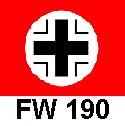 Two crew men frostbitten Two crew men frostbitten |
COMBAT CREW
| CREW
STATION |
NAME |
RANK |
Experience |
Missions |
CLAIMED KILLS CONFIRMED |
Notes |
PILOT  |
Lucky,Shannon G. |  |
+1 |
41 |
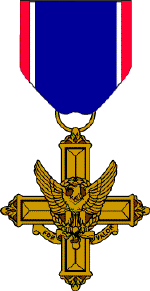 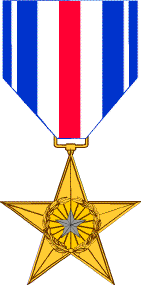 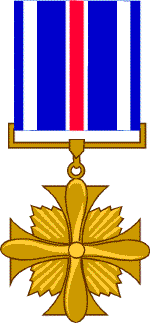    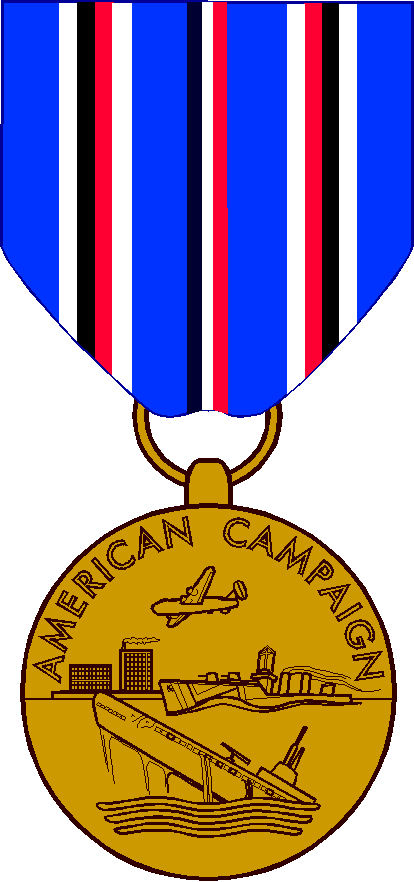 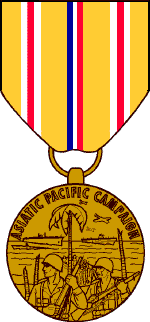 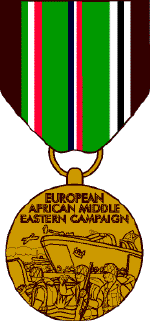 
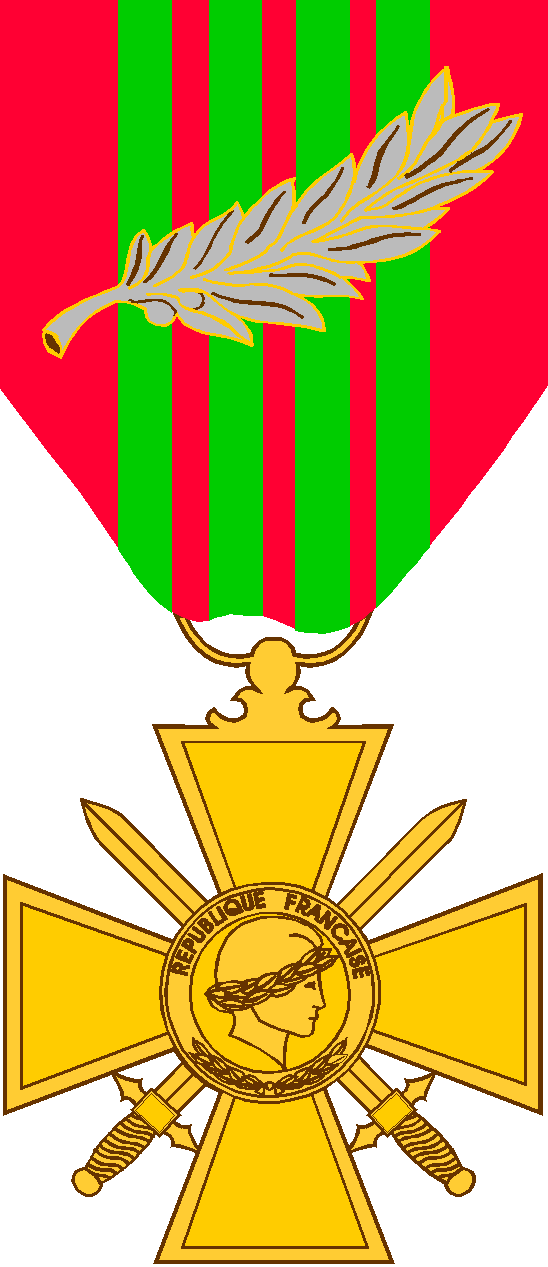 918th
BG Air Executive
Officer. 5 missions with 91st Bomb Group. 5 misisions with 44th BG
(B-24). 918th
BG Air Executive
Officer. 5 missions with 91st Bomb Group. 5 misisions with 44th BG
(B-24). |
|
CO-PILOT |
Wallace,
Art |
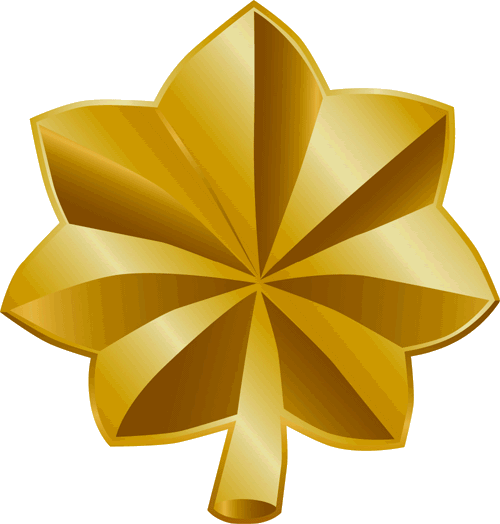 |
9 |
    1269th Operations Officer (Deputy) 1269th Operations Officer (Deputy) |
||
BOMBARDIER |
Kessler, Doug |
 |
0 |
|
  Staff Bombardier. Training Officer, 1269th Squadron. Staff Bombardier. Training Officer, 1269th Squadron. |
|
NAVIGATOR |
Meseraeu, Robert |  |
5 |     |
||
Engineer |
Marvin, Bill |  |
10 |     |
||
RADIO
OPERATOR |
Vorhees,
Tom |
 |
10 |
    |
||
Ball
Turret Gunner |
Bandowski,
Paul "Stinky" |
 |
|
12 |
1 |
 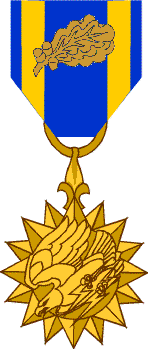
  Transfer from 1269 Crew 06. Transfer from 1269 Crew 06. |
Left
Waist Gunner |
Harmon, Don |
 |
11 |
    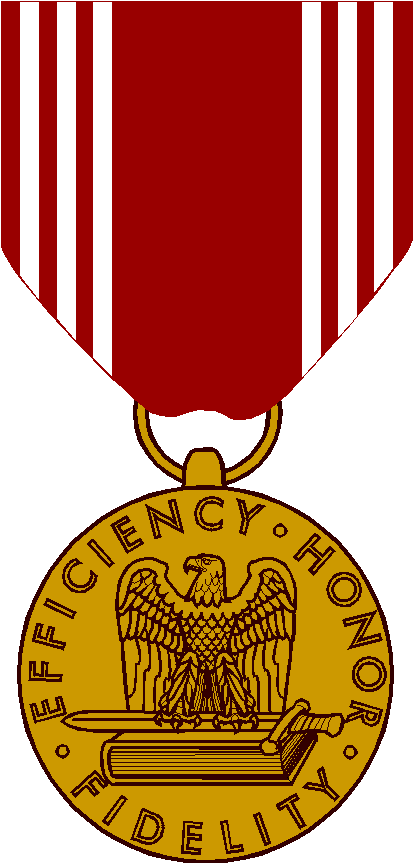 |
||
RIGHT Waist Gunner |
Hatch, Lloyd |
 |
4 |
 
|
||
LEFT Waist Gunner |
Becker, Ron |
 |
5 |
|
   |
|
Tail
Gunner |
Marchese, Joseph |
 |
5 |
2 1 |
   |
| Mission |
PILOT |
CO-PILOT |
BOMBARDIER |
NAVIGATOR |
ENGINEER |
RADIO OPERATOR | BALL TURRET GUNNER |
LEFT WAIST GUNNER |
RIGHT
WAIST GUNNER |
TAIL GUNNER |
| 29/1* | Lucky BO-RES |
Cameron MIA |
Murrel MIA |
Boilessen |
Woodrow MIA |
Bender MIA |
Pitts MIA |
Harmon BO-RES |
Buschinsky BO-RES |
Leary BO-RES |
| 30/1** |
Parker SW-IH |
Rosnethal |
Mahler |
Marwin |
Vorhees |
Bandowski |
LW |
 |
||
| 31/2** | Wallace | LW | SW-IH | LW | ||||||
| 32/3** | Handley LW |
LW | LW | |||||||
| 36/4** | LW | LW | SW-SH |   |
Returned ZI | |||||
| 37/1 | Tapper | Mesereau | Becker | Marchese | ||||||
| 38/2 |  |
Hatch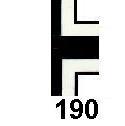 |
 |
|||||||
| 39/3 | 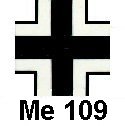 |
 |
 |
|||||||
| 40/4 |  |
 |
 |
 |
||||||
| 41/5 |  |
 |
LW |   LW |
  |
|||||
| Kessler |  |
 |
 |
|||||||
GREEN: New crew man. RED: KIA. PURPLE: Wounded. ORAGNGE: POW. BLUE: Frostbite
| MISSION # |
DATE |
TARGET
AREA AND TARGET |
MISSION DESCRIPTION |
| 41/5 | May 19, 1943 | Kiel, SY |
Decorations: Wallace-
Distinguished Flying Cross (outstanding performance in helping pilot
heavily damaged Fort back to England) Lucky-
DFC (performance in piloting heavily damaged Fort back to England) Bandowski- DFC (two
kills in one mission) Mission
Description: Difficult, anything but a milk run. We
took off as briefed, achieved formation over Great Yarmouth and turned
over the North Sea for target Kiel. We
spotted an FW-200 pacing us over the North Sea, just out of range of
machine gun fire. SSgt Vorhees
tuned into the German frequencies and piped the transmissions from the
FW-200 over the interphone. Sir,
I speak German, and I can tell you that Kraut was sending our altitude
and bearing to every Jagdstaffel and Jagdgeschwader in the Luftwaffe.
We were just barely out of Kraut radar range, but
those bastards figured out how to
spot us.
We got jumped about five minutes before IP.
FW-190’s and ME-109’s were what
I mostly saw. These were VERY aggressive, and pressed their attacks
home. Most
attacks were coming from 10 and 2, with the Jerries being careful to
avoid the fields of fire of the waist gunners, radio gunners and top
turret gunners. As the fighters
pulled off of us, intense, accurate flak took over.
Jerry had the range, and we took a LOT of hits
during the bomb run.
It was during the bomb run that Capt. Tapper was
wounded. Capt. Mesereau toggled the
bombs off, and managed to get 25 percent within the designated target
area. I’d
say he did a good job for a navigator who just hit the electric bomb
release, but from the point of view of a command officer, 25 percent
accuracy is just damn pitiful for all the effort we made to get to
those damned sub pens.
The fighters were on us again as we came off the
target. As we crossed back over to
the North Sea, T3 Bandowski was wounded and had to be extracted from a
jammed ball turret. Those things
have a tendency to jam at the worst moments, and when a gunner is
wounded seems to be the most frequent time. As
it is, we got Bandowski into the Fort, just before another fighter blew
that turret to Hell. Another pass
destroyed my top turret. If MSgt
Marvin hadn’t been in the waist compartment rendering first
aid to T3 Bandowski, Marvin would be a red smear all
over the flight deck of “Battle Wagon.”
-109’s attacked from 9 and 3, destroying
my waist gun positions. This needs
to be passed to Eighth Air Force A-2: German
fighter tactics shifting from attacks on aircraft power plants and to
direct attacks on defensive armament. Recommend
distribution of anti-flak armor be expedited.
Another attack on the nose compartment wounded MSgt
Marvin, who was manning Tapper’s .50. Marvin
will RTD as the wound was a minor one, but did require five stitches to
close. During this attack, Capt.
Tapper died of his wounds.
I haven’t been in a running gun battle
like this for a while. Every pass
was damaging or destroying some part of the aircraft.
Major Wallace was outstanding at calling out
fighters and assisting me in directing fire. With
the level of damage “Battle Wagon” sustained, I
never would have been able to get her back to Station 100 alone.
I’m putting Maj. Arthur Wallace in for a
DFC.
We returned to Archbury bloodied: Five wounded or
frostbitten, one dead. “Battle
Wagon” is heavily damaged, but will fly again. ASSESSMENT:
The Krauts guard those sub pens like a father guards his
daughter’s virtue. Bluntly,
they’ll make us pay in blood for each mission we fly against
those pens. I said it after
Lorient, and it bears repeating: No
matter how much ordnance we expend against submarine targets, we
won’t take them out. Our
efforts would be better directed against the Ruhr or the German
aircraft industry. If we attacked
U-boat production as opposed to bases, we might stand a better chance
of helping the Navy. But as long as
we keep hitting the bases,
we’ll keep getting the living hell kicked out of us.
Respectfully submitted, Shannon
G. Lucky
Shannon G. Lucky,
Colonel, Air Forces
Deputy Commanding Officer,
918th Bomb Group (Heavy) cc:
Maj. Gen. Eaker cc:
Maj. Gen Pritchard cc:
Brig. Gen. Savage |
| 40/4 | May 17, 1943 | Lorient, U-Boats | Not
an easy return to the Fort. Lorient
has always been a tough target and today was no exception.
We took off into decent weather, and stayed that way
to 25,000. Kraut
fighters first jumped us over the Channel, and stayed with us all the
way to target. The clear weather made it easy for Jerry AA gunners to
visually track the formation, and radar got them the range... but their
marksmanship was lousy. My section
of the attack force suffered little flak damage. It
was those damned fighters that gave us headaches.
We made target on schedule, and bombing accuracy was
very good. Lieutenant
Tapper placed sixty percent of his bombs in the target area, with
approximately forty percent falling short due to headwinds. We
need better weather reconnaissance in order to maximize bombing
accuracy. We can’t keep
relying on RAF Mosquitoes to fly those missions. The
RAF flies its recce missions at night, and by the time Eighth AF HQ
weather officers get that information, it’s already hours old.
We had been briefed to expect crosswinds, and
bombsights were set
for that pattern. Because we had
old weather information, we’ll likely have to go back and hit
Lorient again. I’d
be willing to take a P-38 or a P-47 and scout the weather over targets
if necessary, but however it’s done, we need better weather
recce, or
else we’re just wasting ordnance.
The return trip was not easy. The
FW’s stayed with us, and kept up a running gunfight with the
formation. During the last fighter
attack, Sgt Hatch was seriously wounded by cannon fire.
Maj. Kaiser says that if we’d been further
out, Hatch wouldn’t have made it. Sgt.
Hatch is expected to return to duty soon, though... the new flak vests
the gunners are receiving saved his neck.
Returned Archbury on schedule. ASSESSMENT:
I realize we have to keep blasting those sub pens, but Lorient is a
pointless target. I’ve
seen those recce photos, and those pens are designed to be damn near
bomb proof. We
could try low level skip bombing attacks, like the RAF just did against
those Kraut dams, but as thick as those pen walls are, and with the
amount of flak at that base, the costs in men and equipment would be
prohibitive. If the Navy wants
those U-boats destroyed,
let them assign more destroyers, PB4Y’s, Catalinas and
destroyer
escorts to the Atlantic. I
can’t see sending Forts, Libs and good crews on continual
fool’s missions for so little
effect.
Yes,
we hit the target, but we can’t blast through those
pens...not from
25,000 feet, not from 30,000 feet and sure as hell not from lower
altitudes! We’ve lost
enough men and enough aircraft over
those sub bases to know that there are some targets we just
can’t wipe
out with the equipment we have. Maybe
some day we’ll have
bombers that can carry 70,000 pounds of bombs, and place those bombs on
target with precision accuracy, maybe even be able to guide them into
an opening the size of a window. Maybe those bombers will have
equipment to blind enemy radar, and be able to fly above the flak, but
for now, we don’t have that kind of equipment and
B-17’s and B-24’s
just
can’t take out some targets. As
much as I’d like to be
able to say we can pound those sub pens into dust, I’ve flown
against
them enough to know that it just won’t happen with what we
have now.
Respectfully submitted, Shannon
G. Lucky
Shannon G. Lucky,
Colonel, Air Forces
Deputy Commanding Officer, 918th Bomb Group (Heavy) |
| 39/3 | May 15, 1943 | Wilhelmshaven/Heligoland | This
was
anything but a milk run. Kraut radar picked us up as we were formating
near Great Yarmouth and we encountered enemy fighter activity over the
North Sea (Ju-88¢s). The
Krauts were very persistent, and
as we approached Wilhelmshaven, we began to encounter
Me-109¢s,
Me-110¢s, and FW-190¢s in GREAT numbers. Fighter attacks came mostly from the 4 and 8 O¢clock quarters. The Krauts were trying to stay out of the tail and waist gunners fields of fire. The most aggressive attacks came from 1 and 11. These were carried out by white-nosed FW-190¢s. The FW¢s would come in at high speed, heading straight for the cockpit. Top turret fire was insufficient to hold those attacks off due to angle of approach of enemy A/C. Additionally, cheek guns were also not capable of dealing with that approach adequately. The target at Wilhelmshaven was clouded over, so we used W-haven as IP and set up on secondary target Helgoland. Helgoland¢s visibility was CFB and Lt. Tapper placed 70 percent of his ordnance in the target area. The remaining bombs fell short due to strong headwinds at operational altitude. Flak over W-haven was intense, as it was over Helgoland. We can confirm that the 88¢s are definitely radar directed. Recommendation to VIII BC and 8AF that countermeasures be developed ASAP. Kraut fighter activity was equally fierce on the outbound leg of the mission. We were hit by FW¢s (the same white nosed ones) and JU-88¢s until we were well over the North Sea. One of the JU-88 attacks shot out my No.1 engine. Nose compartment heat was also shot out. When we had passed fighter range, I descended to below 10,000 feet for the remainder of the flight back to Station 100. Maj. Wallace was an extremely valuable asset on this mission. Bringing a Fort back on three engines is a difficult task, made more so with the aircraft also having much of the rudder shot away. He would change power settings as I worked the yoke to so we would stay on course. He was also very effective at assisting me in directing fire against incoming enemy fighters. He has my highest recommendation for command postings after his tour with the 918th is completed. Additionally, his piloting skills have improved markedly, and I believe soon he will warrant having his own aircraft and crew. Colonel, I have a feeling that the airwar is entering a new phase. German defenses are stiffening, and we¢re just nibbling the outside edges of the enemy¢s homeland. When we start regularly sending formations against the Ruhr, VIII BC will suffer losses as bad as RAF Bomber Command is. We need long-range escort to hold off enemy fighters, and we need them badly. Our gunners are having a hard time shooting down or driving off enemy interceptors. They can¢t get them all, and our losses are mounting. If we don¢t want to be stopped cold at Germany¢s borders, we need escort. P-38¢s have range, but lack good high-altitude performance. P-47¢s might be a good option, but lack range. Spitfires also lack range. Has anyone heard anything about the project to mount a Merlin engine on the P-51? That aircraft seems promising; I just hope it gets to us before we have to stand down from heavy losses. Respectfully submitted,
Colonel, Air Force Deputy Commanding Officer, 918th BG(H) |
| 36/4 | May 1, 1943 | St. Nazaire, U-Boat Base | This
was a rough one. The Krauts were
ready for us in strength and we took it in the shorts. I’ve
flown rougher missions, but I can’t remember when.
We took off on
time and on schedule, made formation with Group, Wing and Division as
per briefing. We first encountered
enemy fighter activity over Jersey (FW’s) and they stayed
with us almost all the way in. The
first attack shot out MSgt Leary’s oxygen lines, and he was
on walk-around and bail-out bottles for the rest of the trip.
Second wave of FW’s seriously wounded my
navigator, Capt. Handley and killed my right waist gunner, SSgt
Buschinsky. We pressed on.
Even wounded, Handley stayed at his post and kept
the formation on proper course. I
recommend him for a DFC.
The fighter attacks were furious.
TSgt Marvin, my engineer/top turret gunner managed
to shoot down two FW-190’s (confirmed).
The
second -190 did manage to render Marvin’s turret inoperative,
but
Marvin maintained his fire on the Kraut until the SOB went down in
flames. I recommend TSgt William
Marvin for a DFC for
heroism in the performance of his duty, to wit, destruction of two
enemy fighter aircraft, one while in a damaged and inoperative turret.
Flak over the target was intense and accurate.
The Krauts had the range on us faster than usual.
I suspect that the batteries in the St. Nazaire
vicinity are now equipped with directional fire control radar. I
will ask TAI and VIII BC Intelligence to confirm.
1Lt Rosenthal placed his bombs squarely on target.
Initial bomb damager assessment indicates that he
got the full load in the target zone (100 percent accuracy).
The flak was extremely intense as we came off target
and went feet wet over the Bay of Biscay. The
Krauts were sending up anything and everything at us.
We had a four-engine aircraft attempt an intercept
of the lead squadron (1269th).
It opened fire on us, damaged the cockpit and its
fire wounded myself and Maj. Wallace (1269th
DCO). The aircraft has been
identified as an FW-200 “Condor” naval
reconnaissance aircraft. It paced
us, and its gunners peppered us several
times. Lt. Rosenthal was killed in
one of those attacks. My ball
turret gunner, Sgt. Paul Bandowski (you know him, Sir.
He’s the little guy they call
“Stinky”) kept up a running gunfight with that big
Kraut bird. He didn’t
shoot it down, but he did damage it. The
little guy has guts!
MSgt Leary did get frostbitten and Maj. Kaiser says
he’ll need to be sent back to the ZI to recover.
“Texas
Tornado!” was VERY heavily damaged on this mission (right
aileron shot
out, rudder shot out, cockpit damage, supercharger hydraulic system
lost, tail gunner oxygen lost). I
maintained formation altitude until fighter attacks eased, which helped
me lean out my mixture and maintain fuel supply. About
45 minutes prior to recovery at Archbury, I dropped below 10 grand to
make it easier on the crew. I
managed to land “Texas Tornado!”
safely, but the aircraft is so heavily damaged she’s been
written off
as salvage. Two B-17’s shot out from under me on this tour.
Reminds me of how my first tour ran.
LOSSES ON “TEXAS TORNADO!” : WOUNDED:
Lucky, S.G., Colonel, Aircraft Commander (Purple Heart, RTD)
Wallace, Art, Major, Co-pilot (Purple Heart, RTD)
Harmon, Don, SSgt, Left Waist Gunner (Purple Heart,
RTD)
Handley, Robert, Captain, Navigator (Purple Heart,
Evac’ed to ZI) FROST
BITTEN DUE TO ENEMY ACTION: Leary, Patrick, MSGT (Evac’ed to
ZI) KIA:
Rosenthal, George, 1LT, Bombardier (Posthumous Purple Heart)
Buschinsky, Charles, SSgt, Right Waist Gunner
(Posthumous Purple Heart)
Recommend Distinguished Flying Cross to: Handley,
Robert
(Citation:
“For remaining at his post as Navigator/Cheek Gunner of B-17F
aircraft
‘Texas Tornado!’, despite serious wounds and loss
of blood, operating
his gun and performing his assigned navigation duties, during a bombing
mission against German targets in St. Nazaire, France, Captain Robert
Handley, Air Corps, AUS is awarded the Distinguished Flying
Cross”)
Marvin, William
(Citation:
“While flying as flight engineer/top turret gunner on B-17F
‘Texas
Tornado!’, Technical Sergeant Marvin, William, did destroy in
combat
two enemy fighters of FW-190 type. The
second fighter he destroyed after his turret was damaged and inoperable.
His
machine guns were not inoperable, and, despite not being able to lead
fire or track fire, TSgt MARVIN maintained fire on the second FW-190,
destroying the enemy aircraft. Action
performed 1 May 1943 while participating in bombing mission against
German targets in St. Nazaire, France.”) Respectfully submitted,
Shannon G. Lucky,
Colonel, Air Force Deputy Commanding Officer, 918th BG(H) |
| 37/1 | May 13, 1943 | Meaulte, AC/I | Colonel,
I can sum this mission up in two words: Milk run.
Enemy fighter opposition was slim to non-existent on
the trip in. Flak was light and
ineffective. My bombardier, 1Lt
Tapper placed 100 percent of his bombs in the target area.
On the return trip to Station 100 we DID encounter
determined opposition from a staffel of FW-190’s.
Damage to my aircraft, “Battle
Wagon” was as follows: Left
wing Fowler flap shot out Right
wing Fowler flap shot out M-series
bombsight smashed by cannon fire Crew
raft holed and useless Crewmembers
wounded: Lucky,
S.G., Colonel –
shrapnel in leg. Removed by corpsman while on flightline and bandaged. I
already have several Purple Hearts, all I need is an aspirin for that.
Maj. Kaiser says I won’t even be on
quarters for this…I
told him I’ve cut myself worse shaving.
I’m ready for the next mission, and so is
my crew.
Respectfully submitted, Shannon
G.Lucky
Shannon G. Lucky,
Colonel, Air Force
Acting Commanding Officer,
918th Bomb Group (Heavy) |
| 38/2 | May 14, 1943 | Kiel, U-Boats |
Headquarters,
918th Bomb Group (Heavy) APO
855, Station 100, Archbury, England 14
May 1943 To:
Col. Higginbottem, CO From:
Col. Lucky, DCO Subj.:
AAR- Kiel
Colonel,
We got lucky and caught the Krauts napping.
As
major a target as Kiel is, I’d expected a harsher response
from
the Jerries, but they seemed to have been caught flat footed.
We took off from Station 100 at the briefed hour;
formed up with squadron, group, wing and division as per plan.
We didn’t have any enemy fighter
opposition until we crossed the Jutland Peninsula.
We took sporadic attacks from Me-109’s and
Fw-190’s. The
-109’s were almost amateurish in their attacks, but the
-190’s were skilled and aggressive. Their
marksmanship, however, was not as good as we’ve previously
faced. Most attacks came not from
12 level, but from 3 and 9 (both high and level).
My
gunners were almost having a turkey shoot today. SSgt Becker, my right
waist gunner shot down one FW-190, kill confirmed by my engineer, TSgt
Marvin. Sgt Hatch, my left waist
gunner, blew the tail
off another -190, and SSgt Bandowski in the ball turret destroyed the
rest of the Kraut. Kill was
confirmed by tail gunner Sgt Marchese. “Battle
Wagon” can be credited with two enemy aircraft destroyed.
Bombing was exceptional. There
was a light cloud cover over the primary, but 1Lt Tapper was able to
acquire the target and he placed 75 percent of his bombs in the
designated target zone. Flak was
light; we took no damage from enemy anti-aircraft fire.
Fighter opposition was negligible on the return trip.
We adjusted the return course to be over the North
Sea and out of enemy fighter interception range. We
didn’t even see any FW-200’s.
My assessment: Mission success.
CREW OF “BATTLE WAGON”:
Col. S.G. Lucky, pilot
Maj. Art Wallace, co-pilot
1Lt Robert Mesereau, navigator 1Lt
Alex Tapper, bombardier
TSgt Bill Marvin, engineer
SSgt Tom Vorhees, radio operator
SSgt Ron Becker, right waist gunner
Sgt Lloyd Hatch, left waist gunner
SSgt Paul “Stinky” Bandowski,
ball turret gunner
Sgt Joseph Marchese, tail gunner
Respectfully submitted, Shannon
G. Lucky
Shannon G. Lucky,
Colonel, Air Forces
Deputy Commanding Officer, |
1101 COMBAT CREWS
1104 COMBAT CREWS
1107 COMBAT CREWS
1269 COMBAT CREWS
GROUP COMMANDER GROUP OPERATIONS
BRIEFING ROOM